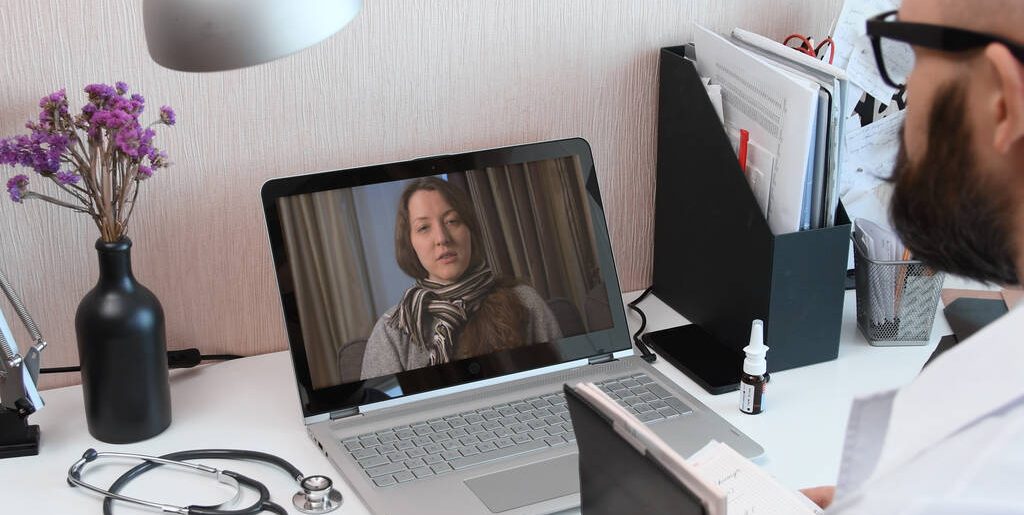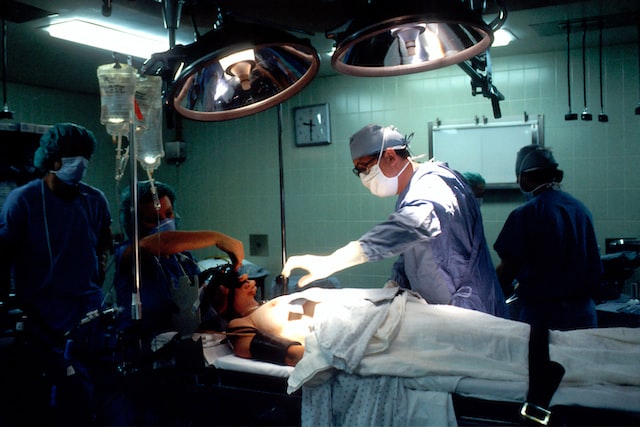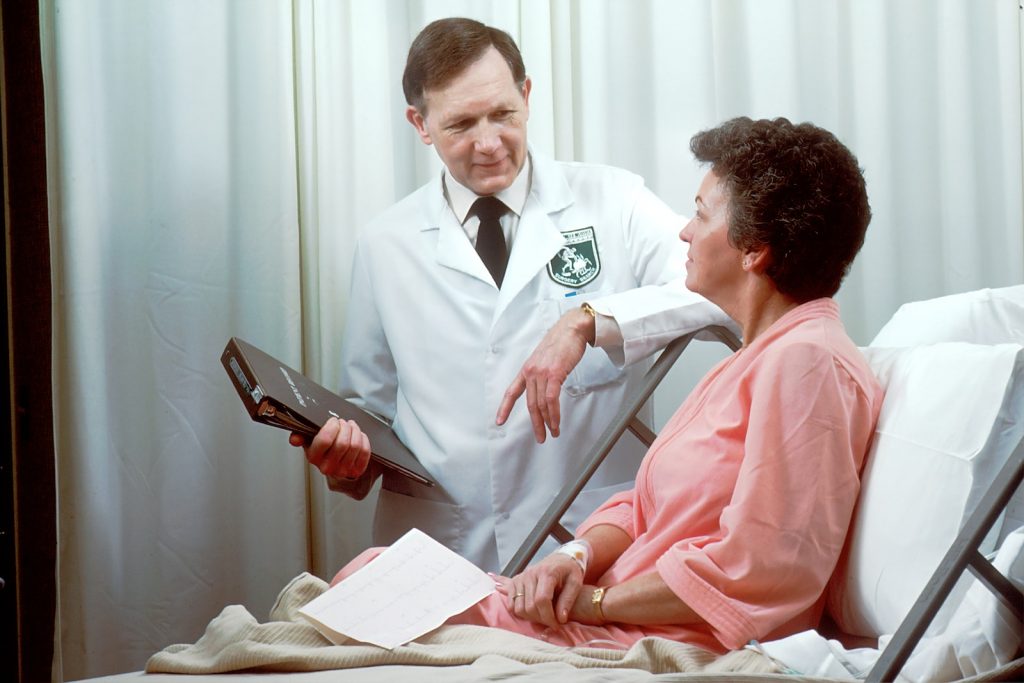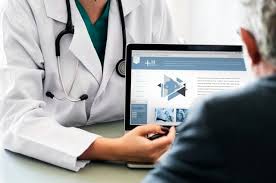The National Disability Insurance Scheme (NDIS) stands as a beacon of progress in the Australian healthcare system, offering a new horizon for individuals with disabilities. This revolutionary program redefines the landscape of support and care, ensuring that every individual has access to the services they need. This blog delves into how NDIS funding is not just a financial lifeline but a catalyst for innovative solutions in health care, dramatically improving the quality of life for many.
Background on NDIS
History and Goals
The NDIS, established in 2013, was born out of a need to provide more comprehensive and personalised support to Australians with disabilities. Its primary goal is to empower individuals by funding reasonable and necessary supports that help them achieve their goals.
Funding Mechanism
Unlike traditional welfare systems, NDIS adopts a person-centric approach, providing individualised funding plans that cater to the specific needs of each participant. This flexibility is key to fostering innovative solutions.
Current Reach
Currently, the NDIS serves hundreds of thousands of Australians, demonstrating its significant impact and reach across the nation.
Innovations in Health Care through NDIS
Technology Advancements
The NDIS has been a driving force behind the adoption of innovative technologies in health care. With its funding, assistive devices have evolved beyond basic functionalities, embracing the latest in technology. Voice-activated home systems have become a game-changer for many, allowing users with limited mobility to control their environment effortlessly. Moreover, mobility aids have seen remarkable advancements, with electric wheelchairs now featuring obstacle detection and navigation systems.
Artificial Intelligence (AI) is another area where NDIS funding is making a significant impact. AI-driven tools are being developed to assist with diagnosis and therapy, offering customised solutions based on individual health profiles. These technologies are not just about convenience; they are about empowering individuals with disabilities to live more independently and with greater dignity.
Service Delivery Models
The flexibility of NDIS funding has led to the development of innovative service delivery models. Home-based care, where therapists and care providers visit individuals in their homes, is one such model that has gained popularity. This approach is particularly beneficial for those who find it challenging to travel to healthcare facilities. It brings care into a comfortable, familiar setting, reducing the stress associated with medical appointments.
Community support initiatives, funded by the NDIS, focus on creating inclusive environments where individuals with disabilities can participate in community life. These programs include accessible recreational activities, social groups, and educational workshops, all designed to enhance social interaction and community involvement.
Case Studies
Real-world impacts of NDIS funding are best illustrated through individual stories. For instance, consider the story of a young adult with cerebral palsy. Before receiving NDIS funding, her communication was severely limited. The NDIS provided access to advanced communication technology, including a tablet with specialised software that translates her gestures into speech. This technology opened up a new world for her, enabling her to communicate effectively with her family and peers, thus greatly improving her quality of life.
Challenges and Solutions
Identify Challenges
Despite its many successes, the NDIS is not without its challenges. The application process for NDIS funding can be daunting and complex, often requiring extensive documentation and assessments. This complexity can be a significant barrier for those in need of support. Furthermore, the funding provided by the NDIS, though substantial, is not unlimited, and this can lead to tough decisions about what can be funded. Additionally, there’s a noticeable gap in service availability, especially in rural and remote areas, where fewer providers are available.
Proposed Solutions
To address these challenges, several solutions can be considered. Streamlining the application process by making it more user-friendly and less bureaucratic would help many potential beneficiaries. Increasing funding allocations, while a significant fiscal undertaking, would allow more individuals to receive the support they need. Encouraging service providers to operate in rural and remote areas, possibly through incentives or subsidies, could help bridge the current service gap.
Future of Healthcare with NDIS
Future Trends
Looking forward, the NDIS is expected to continue influencing health care innovations. Personalised care is at the forefront of this trend, with technologies like AI and machine learning playing a pivotal role. These technologies have the potential to analyse vast amounts of health data, offering insights that can lead to highly tailored treatment and management plans.
Role of Stakeholders
The future of NDIS and its impact on health care will largely depend on the collaborative efforts of various stakeholders. The government’s role in policy-making and funding allocation remains crucial. Health care providers, including clinicians, therapists, and caregivers, need to adapt to the evolving landscape, embracing new technologies and methodologies. Finally, the beneficiaries themselves are key players, providing feedback and insights that can shape the NDIS to better meet their needs. Through collaboration and innovation, the NDIS is poised to continue transforming the health care landscape for individuals with disabilities.

Final Thoughts
The NDIS is more than a funding mechanism; it’s a transformative force in Australian health care, bringing innovative solutions to the forefront. As we continue to witness its evolution, one can’t help but wonder what new milestones in care and support the NDIS will achieve in the coming years.















